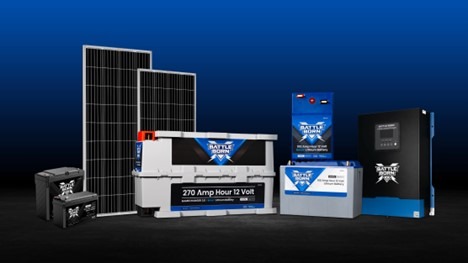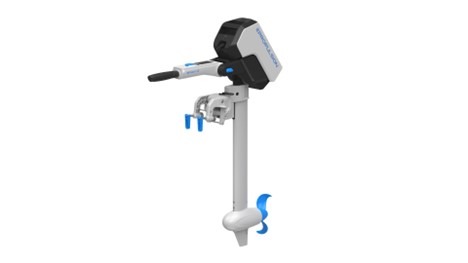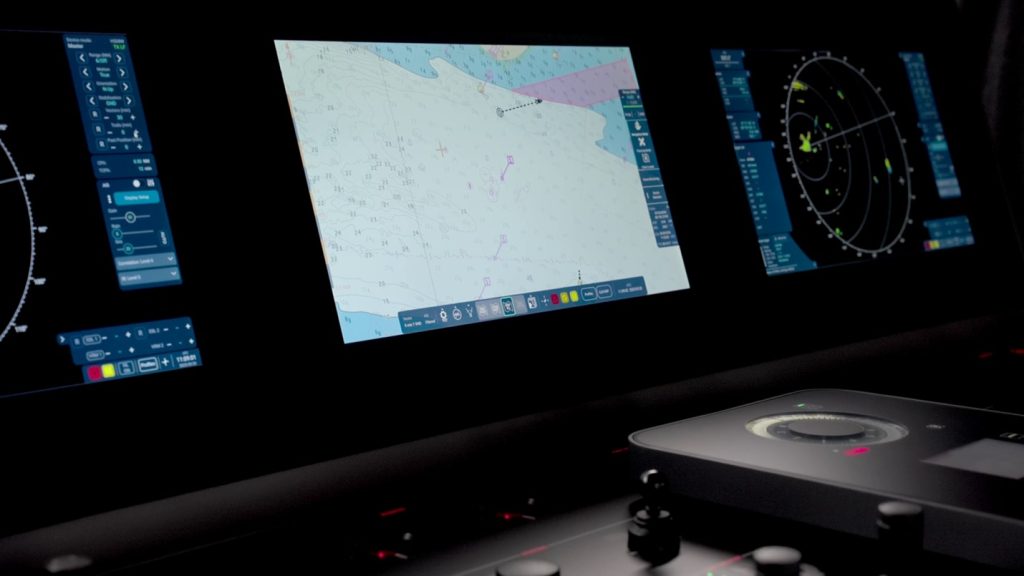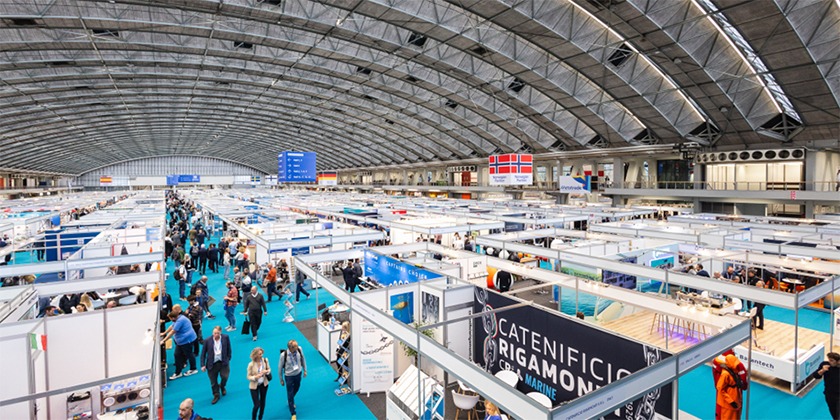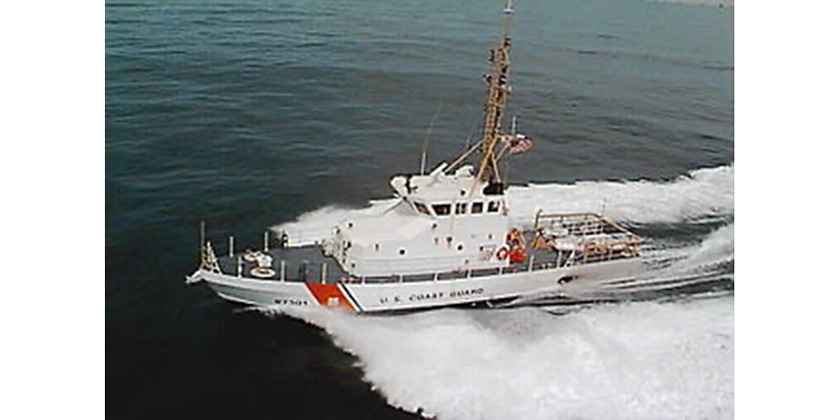“POP” GOES THE RELAY

Apr 8, 2017
By ASA Electronics
Have you ever received complaints from customers about noises such as a “pop” coming from the stereo system? You’re not alone as there has been a renewed discussion within the industry concerning electrically induced noise within the boat harness commonly creating issues with marine electronics. The ”noise” is typically generated when certain electrical components on a boat are activated. Interestingly, this issue is prevalent even amongst boats that do not outwardly demonstrate the issues via audio noise or video disturbance.
“A long standing headache for electronics suppliers, as well as boat builders, has been finding the source of, and then eliminating the noise in the wiring harness which many times is manifested in the audio and/or video systems. Our goal is to get momentum behind the discussion to prevent the problem resonating within the electrical systems,” Matt Wood, Marine Industry Manager at ASA Electronics said.
CAUSE:
The pop noise that occurs originates in the relays that control power distribution for these components. Or, as is the case with a horn, their design incorporates a coil for the purpose of generating a magnetic field. At their heart, they are an electro-magnet. Electrons flowing through a coil generate a magnetic field. When the electron flow is shut off, the magnetic field rapidly collapses. This collapse results in a brief but high-voltage charge produced in the coil. Once the magnetic field collapse is complete, the high-voltage surge discharges into the electrical system that the coil is attached to. The high-voltage surge in the electrical system can result in a snap or pop noise in the audio system. Depending on circuit layout, ground plane, and proximity of the audio head unit to the relay in the power circuit, the pop does not always exist, even though other harmful effects still occur.
HARMFUL EFFECTS:
Beyond the annoyance to an end user of having the pop noise every time they move an automatic lounger, anchor system, trim tabs, or even start their boat, there are effects on circuit level components that are not immediately apparent.
“Over time, this high voltage surge causes degradation of the boat’s electronics. More immediately, transistors in the power circuit can be quickly destroyed from the surge. Within the audio system, the pop can damage the voice coils in the speakers, which then would eventually need to be replaced. Since all electronics connected to the power circuit, including chart plotters, navigation equipment, video monitors and engine management systems, are affected by the spike in voltage, vital equipment may also be damaged even while the boat is in use,” Darrell Robinson, Senior Applications Technician at ASA Electronics said.
The marine industry is not the only sector that has had this issue. It used to be a widespread problem in the automotive industry before these fixes were installed.
“It is a common practice to suppress relay coils with a diode. This has been done in the automotive industry for some time now. A 12VDC relay may generate a short term voltage up to 1,000 volts during turn-off. This can make for a very electrically noisy environment which can wreak havoc on all other electrical system components in the craft,” Ken Schaefer, Product Development Manager at ASA Electronics said.
SOLUTION:
ASA Electronics has been working to find a suitable solution to this problem. In their research, they found that the best way to control this high voltage charge was to add a fast diode to the relay within the electrical system.
“The diode is installed on the contacts of the relay, reverse biased in parallel to the coil. That is the cathode end (the end with the stripe) connected to the input or more positive terminal. To understand by pin numbers on a high current relay; pin 86 gets the lined end, the other end of the diode should connect to pin 85 (See the attached diagram). The easiest way to accomplish this fix is to use a relay that already has the diode incorporated into it,” Robinson explained.
This diode is a fairly common part that most suppliers should offer and can even be found at retail stores. Though there is a cost associated with the addition of a diode to the relay, the savings from the lack of troubleshooting, labor, and repair time can offset this upfront cost.The sense of trust and quality gained by the end user when these harmful effects and noises are eliminated, though harder to quantify, is also certainlyworth paying attention to.
“In these cases, it is best to address the noise making source than it is to apply ‘quick fix’ filters to the various devices that are being subjected to the noise, such as the boat’s speakers. If you subscribe to the latter, you will find yourself constantly chasing after symptoms instead of a onetime attempt at addressing the root cause,” Schaefer added.
For more information on how to add to this discussion, please contact: Matt Wood at MWood@ASAElectronics.com.



